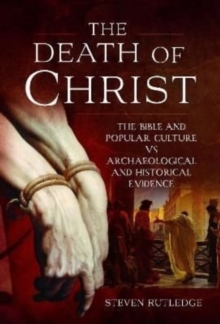We use cookies to make your experience better. To comply with the new e-Privacy directive, we need to ask for your consent to set the cookies. Learn more.
The book explores the larger background and context to some of the major power-brokers of the Roman Empire in Jesus' day, including the emperor Tiberius, his ambitious Praetorian Prefect Sejanus, Judaea's governor Pontius Pilate, and the client king who governed Galilee, Herod Antipas.
It further explores some of the larger historical and cultural context and background of some of the characters who parade through the gospel accounts, including the treacherous informant Judas Iscariot, the tax collector turned apostle, Matthew, and the gruff centurion whose servant Jesus was said to have healed.
The study also considers the nature of Jesus' radical resistance to the Roman Empire, and seeks to contextualize it through comparison with other resistance movements. Attempts to recover the historical Jesus have sought to put him in his immediate context of ancient Galilee, Judaea, and the Jewish community to which he belonged. Instead this book gives the Roman historical background to the time and place of his ministry and death.
Cast into relief against the much larger picture of the greater Roman world of which he was a part, the ministry of Jesus is quite radical indeed.
| ISBN/EAN | 9781399088770 |
|---|---|
| Author | Steven Rutledge |
| Publisher | Pen & Sword |
| Publication date | 30 Aug 2022 |
| Format | Hardback |

